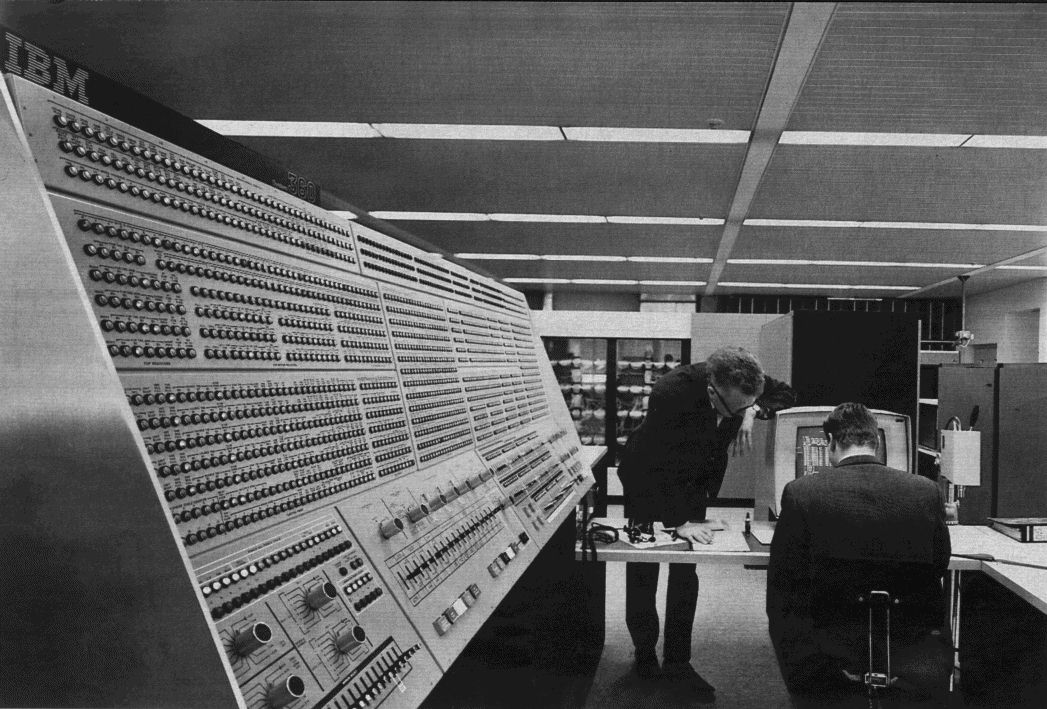Branch offices come in all sizes and perform as many functions as the companies which they serve. The networks that support this widely diverse universe must be equally broad, flexible, and capable. The two predominant options for branch office networking are MPLS and software-defined wide area networking (SD-WAN).
MPLS networks are well established. They are expensive compared to general Internet circuits but can approach or achieve “five-nines” (99.999%) uptime. For this reason, organizations often take on the extra expense.
SD-WAN is a newer option that is causing organizations to reconsider their use of MPLS. While MPLS connects locations with a single highly available connection, SD-WANs use multiple, less reliable broadband Internet connections. The software assesses many factors and selects the best connection for particular applications and use cases. The goal is to achieve the desired performance and uptime characteristics through the use of the less expensive public Internet.
How’s that done? Let’s find out…
MPLS: Great Uptime, But at What Cost?
It’s no secret that MPLS is far more expensive than Internet services. At a set cost, Internet connectivity can quadruple the bandwidth provided on an MPLS circuit. The price/bit is even more compelling in colocation facilities where the difference can grow to 10 to 50 times of MPLS bandwidth.
Cost is only one of the disincentives to MPLS use. MPLS’s have a reputation for reliability, and to some extent that’s true. The backbones are managed to deliver high uptime. The technology isn’t infallible, however. MPLS’s high cost often leads organizations to rely on a single circuit to connect locations. All of which means that outages in the telco’s last-mile infrastructure can take an MPLS service down. The service is only as available as its weakest link, and in the case of MPLS that’s the last mile.
To make matters worse, service level agreements (SLAs) often only apply to the backbone, though outages are more prevalent in the last mile. Thus, the MPLS portion of the connection may be doing its job, but overall performance may be degraded by last mile issues.
SD-WAN Uptime Meets and Exceeds MPLS
SD-WANs provide flexibility and cost reductions compared to MPLS by using Internet-based transports such as 4G, fiber, cable, and DSL in the WAN. A virtual overlay is created that provides each circuit with load balancing and real-time transport quality measurement. These tools enable SD-WANs to configure themselves in such as way that they meet the business’s uptime demands.
To protect against the physical problems in the last mile — cable cuts, router misconfigurations, and faulty cable infrastructure — that can disrupt an MPLS service, SD-WANs run multiple connections simultaneously. The SD-WAN monitors the load and conditions on those lines, using configured policies to balance traffic for maximum effectiveness. Should one line fail or degrade, the SD-WAN device falls over to the alternative connection.
What’s particularly interesting is that assuming the connections are dual-homed — meaning they don’t share any active or passive components — uptime can achieve five 9s uptime even if no circuit reaches that level on its own. Ensuring components are not duplicated can be challenging when different ISPs often share the same ducting and physical plant. Connecting locations with different technologies, such as fiber and LTE, addresses this problem.
The Formula Proving SD-WAN Uptime
The precise comparison between MPLS and SD-WAN reliability depends upon how many Internet connections are used and their uptime characteristics. More specifically this can be seen in the following formula:
Site Uptime = 1-((1-Service A Uptime)*(1-Service B Uptime )*(1-Service Uptime))
Where “Service A”, “Service B”, and “Service N” are the various last-mile services connecting the location.
Sidebar: Achieving MPLS-like Uptime with Broadband
Network uptime and downtime for individual consumer-grade, 99% availability circuits, and the parallel combinations:
|
Component |
Uptime |
Downtime |
|
X circuit |
99.0% (2-nines) |
5256 min/year (7.3 hours/mo) |
|
Two X circuits operating in parallel |
99.99% (4-nines) |
52.6 min/year (4.4 minutes/mo) |
|
Three X circuits operating in parallel |
99.9999% (6-nines) |
0.526 min/year (2.6 seconds/mo) |
|
Four X circuits operating in parallel |
99.999999% (8-nines) |
0.00526 min/year (0.026 seconds/mo) |
As you can see, different levels of availability can be achieved by match the number and characteristics of the circuits to location requirements. For instance, a critical branch can employ redundant fiber with a local SLA, a regional branch can use a mix of direct Internet access, and a small branch an utilize broadband. The point is that the organization can right-size each location.
Of course, the latency and loss characteristics of multiple Internet connections will still be limited by the performance of the Internet routes. No matter how many last-mile connections are available to a site, Internet routing and congestion still mean connectivity will vary significantly day-to-day. This is particularly true in the case of global services where the inherent latency and a limited number of routes makes Internet unpredictability particularly significant.
All of this is why many companies look for an affordable MPLS alternative for predictable delivery of voice and other latency-sensitive applications. These global networks can provide predictable data delivery like MPLS at Internet-like prices. Short of that, enterprise is forced to retain their MPLS services with all of the implied costs and limitations.
—
Dave Greenfield is the secure networking evangelist at Cato Networks.
Dave Greenfield is the secure networking evangelist at Cato Networks. He brings more than 20 years of experience in IT and telecoms having worked as an award-winning journalist, blogger, and a technology analyst advising companies on their IT and WAN strategies. Dave is the author of the “Ultimate WAN RFP” and the “Essential Guide to Optical Networks.” He has a background in philosophy and computer science.rn























































































































































































